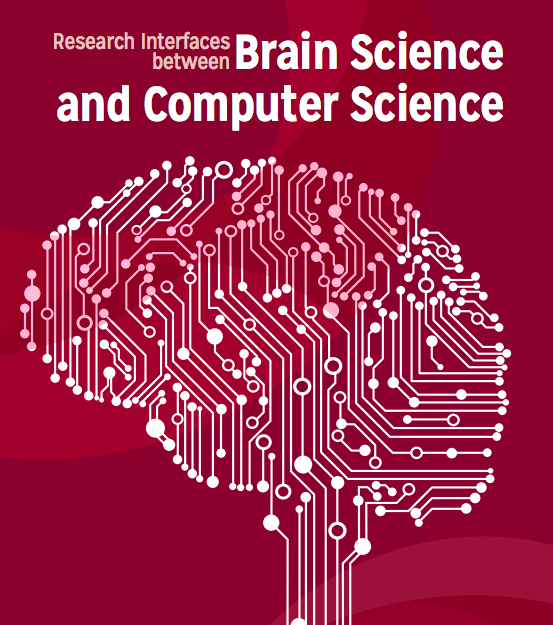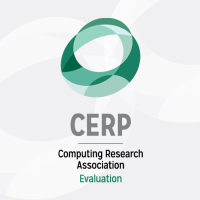Brain Science and Computer Science: Where Discovery Meets Invention
 Contributions to this article were made by Gregory Hager, chair of the Computing Community Consortium (CCC) and professor of computer science at Johns Hopkins University and Martin Weiner, AAAS Science & Technology policy fellow in the Directorate for Computer & Information Science & Engineering Directorate at NSF.
Contributions to this article were made by Gregory Hager, chair of the Computing Community Consortium (CCC) and professor of computer science at Johns Hopkins University and Martin Weiner, AAAS Science & Technology policy fellow in the Directorate for Computer & Information Science & Engineering Directorate at NSF.
Recently, the organizers of the CCC workshop on Research Interfaces between Brain Science and Computer Science were invited to present their workshop report at the National Science Foundation (NSF). Jack Gallant (University of California, Berkeley), Polina Golland (MIT), and Gregory Hager (CCC chair, Johns Hopkins University) gave the presentation and led surrounding discussions.
The Research Interfaces between Brain Science and Computer Science workshop was held December 2014 in Washington, D.C. The purpose of the workshop was to bring together computer scientists and brain scientists to articulate new research opportunities and “brain”-storm grand challenges inspired by President Obama’s BRAIN Initiative. More than 70 computer scientists and neuroscientists from academia, industry, and government were in attendance and between 160-300 participants viewed each panel and plenary on the livestream. You can see all the videos and slides from the workshop here.
The NSF presentation highlighted the advances that would result from a deeper dialogue between the two communities. For example, deep learning architectures, inspired by neural systems, may provide insights into intermediate levels of organization in the brain. Discovery from new, massive brain data sources may soon only be possible using specially domain-adapted computational tools. New models of computation, inspired by the extreme adaptability and energy efficiency of the brain, could be the key to future advanced computing technologies.
To achieve this future, challenges due to the cultural differences between the two fields will need to be overcome. For example, the experimental study of brain architecture and function is a massive-data problem, yet the two fields have completely different data sharing and open access cultures. Computing is ever more comfortable mining “data in the wild” to create new analytics and tools while brain science relies on controlled studies. Computing fields think naturally in terms of simulations and computational models; these areas are still increasing in brain science. If the two fields can create a common culture, there is a tremendous opportunity to achieve the grand challenges of understanding the function of the human brain. Indeed, it was clear during the workshop and conveyed during the discussion that it is becoming impossible to envision brain science without computational support, theories, and models.
If you are interested in working on the intersection of these fields, NSF offers numerous funding opportunities. These include the Collaborative Research in Computational Neuroscience (CRCNS) and Integrative Strategies for Understanding Neural and Cognitive Systems (NCS) solicitations, as well as the Robust Intelligence, Big Data, Communications, Circuits, and Sensing-Systems, and Cognitive Neuroscience programs.
To see the full NSF and CCC report from the Research Interfaces between Brain Science and Computer Science workshop, please click here.








